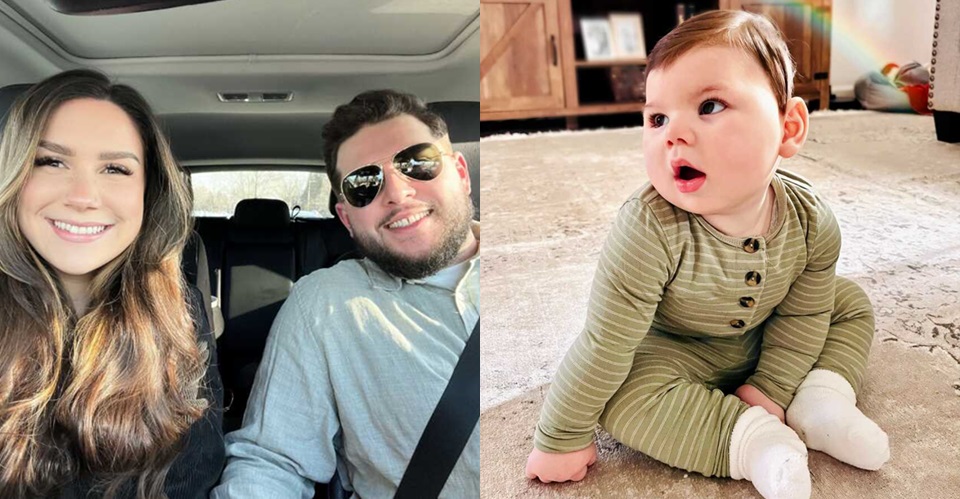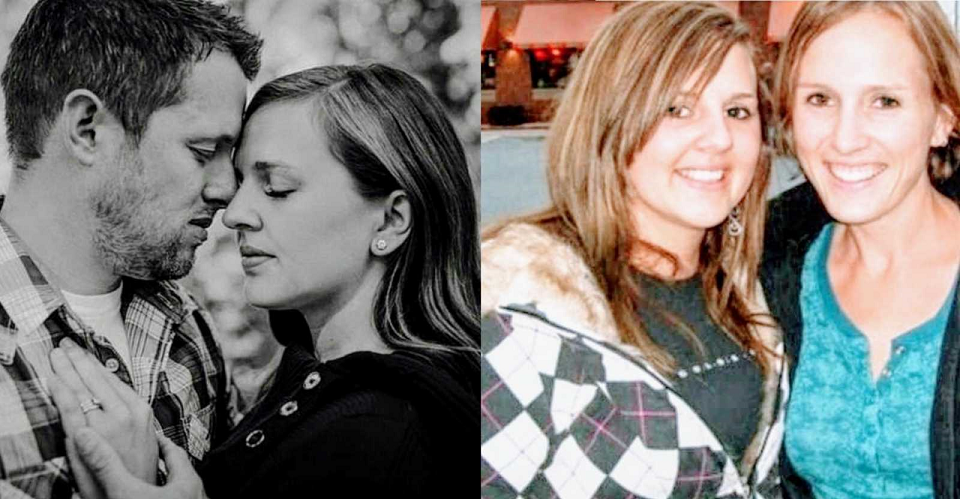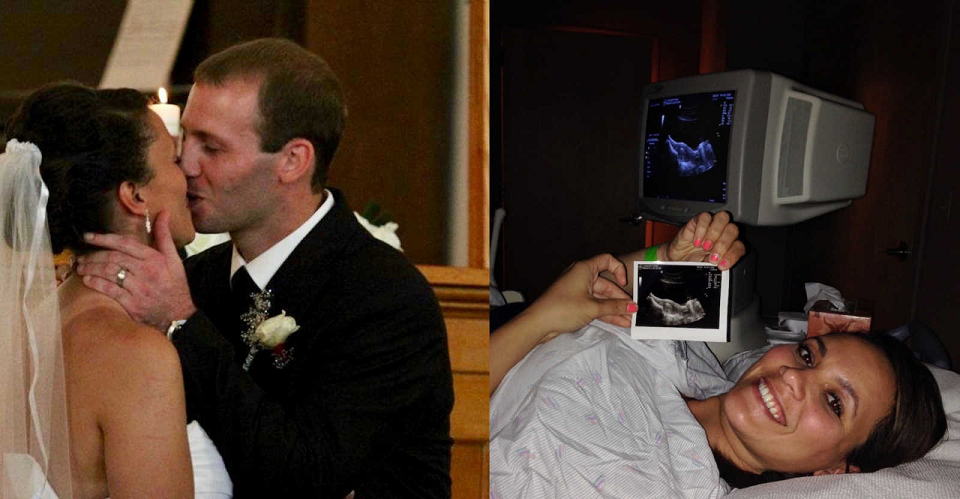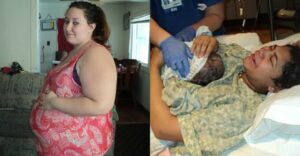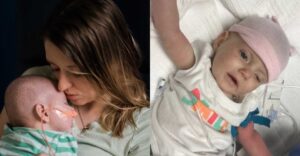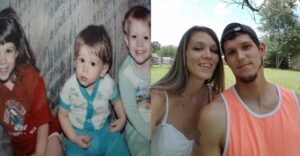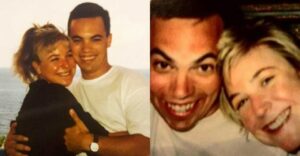They entered parenthood expecting ordinary and got extraordinary. So they traded a roadmap for a compass, learned from other brave families, and chose joy anyway, because Benjamin is still, and always, their perfect boy. They were sixteen when they started dating in 2012. By 2019, they were engaged, and in 2020, they bought their first house. A few months later, a test said a baby was coming. She felt excited and scared at once. Pregnancy felt unreal, and a past loss made hope feel fragile.

But each week passed without trouble, and her joy grew. At twelve weeks, they learned it was a boy. Every scan looked perfect, and every checkup was calm. On May 2, 2021, at 7:32 a.m., their son arrived. They named him Benjamin. He had soft brown hair, warm skin, kissable cheeks, and lips that looked carved. Nurses and doctors kept saying the same thing: he looked great.
Home felt like the usual newborn loop: feed, change, rock, repeat, until the second night. After a nighttime feed, she lay Ben down to change him and saw his head fixed to the right, arms bent up, eyes locked in a hard stare. He looked frozen. Her stomach dropped. She scooped him up: “Are you okay? Are you breathing?” And then he was fine. She woke Alex and tried to describe it. He fell back asleep; Ben did too. She did not. Days passed without anything odd, and she forgot to mention it at the checkup. Then it happened again during a nap; his arms shot up on the monitor. She rushed in; he looked normal. She started calling it “The Thing.” It popped up a couple more times. She tried to film it, but it was always over too fast.
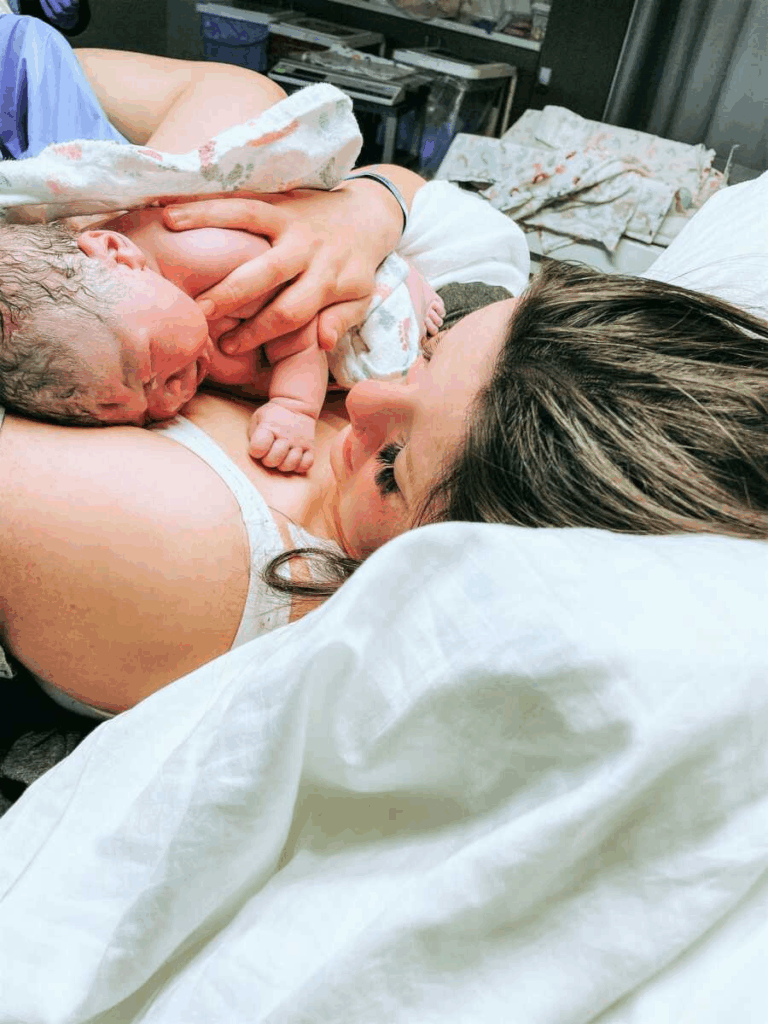
During his two-month visit, she showed shaky videos to the pediatrician. He called it an exaggerated startle from gas. “He’s fine unless he turns blue or conks out after,” he said. The words didn’t settle her. At home, she searched online and couldn’t find a single clip that matched Ben, only videos of infant seizures that made her panic. Alex called the office again. They landed in the ER, where a doctor refused to watch her videos and told her she was “too far into the trees.” He said the baby looked perfect. They went home with nothing. A week later, a different pediatrician watched the clips, held her hand, and said she was making herself nervous, then wrote a neurology referral. The wait was six weeks. “The Thing” started happening weekly. Otherwise, Ben was a typical three-month-old, and that mismatch only made it more confusing.
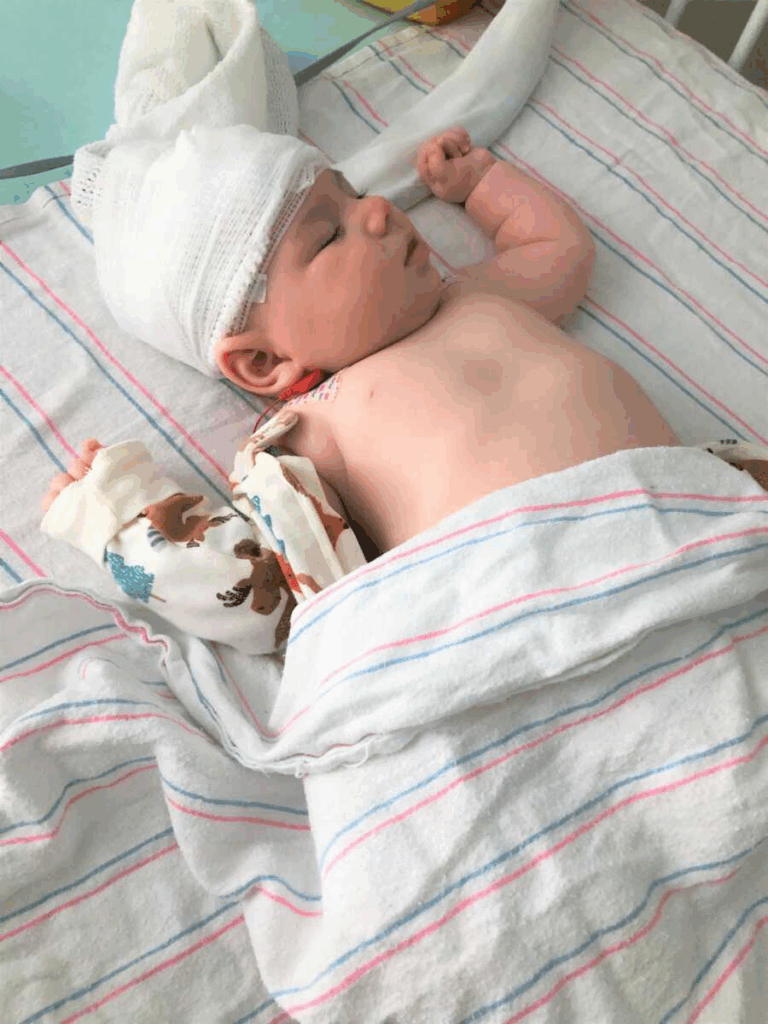
On September 2, his four-month birthday, they drove through flooding from Hurricane Ida to the Children’s Hospital of Philadelphia. He got his first EEG, tiny marks on his head, wires everywhere, twenty minutes of stillness. In the exam room, the neurologist walked in and, almost immediately, asked about Ben’s head size. “It’s tiny,” he said. Her face went cold.
He watched the video and didn’t hesitate: they were seizures. Ben’s head circumference was below the first percentile, indicating microcephaly. He needed to be admitted for monitoring and an MRI. The doctor said the cause was likely genetic. That night, the EEG caught three seizures while he slept. They started medication. The next day came the MRI. She held him while sedation took hold and watched him roll away. She didn’t expect anything huge to show up. She was wrong.
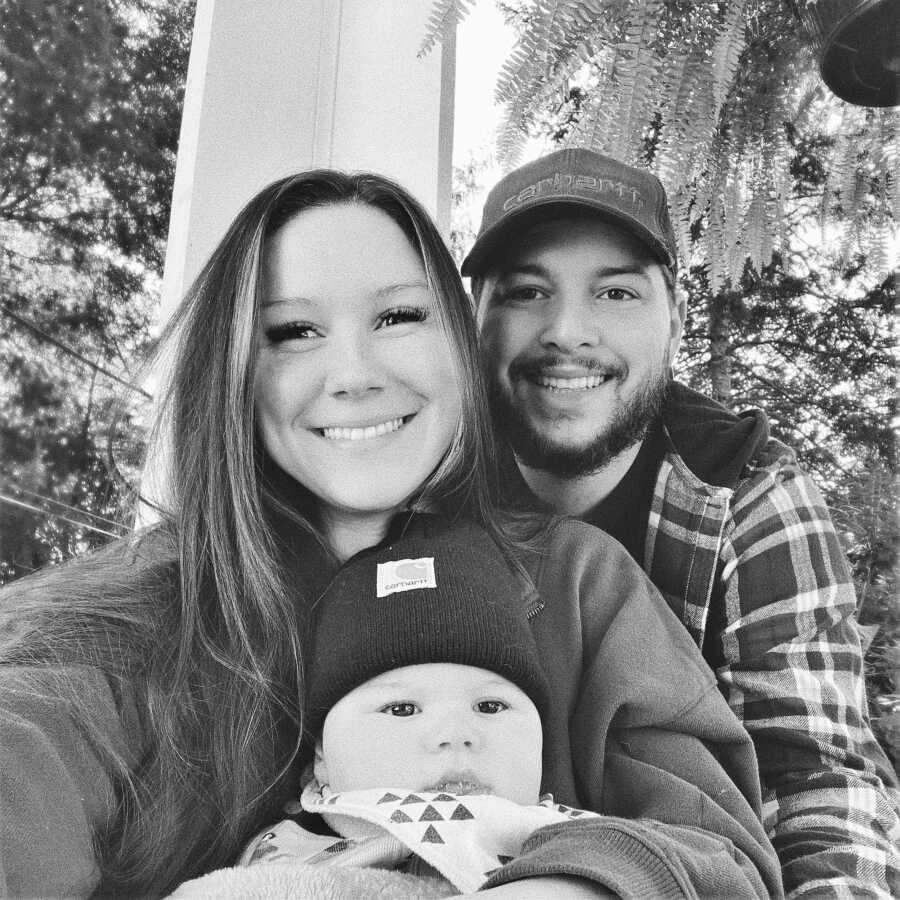
The morning after, a team entered with the report. “Benjamin was born missing part of his brain,” the neurologist said gently. “The rest has multiple malformations. One side is smaller than the other.” She stared at her perfect baby and felt the world tilt. When she asked about the future, the doctor was honest: many children like Ben don’t walk or speak and need feeding tubes; life expectancy can be shorter.
After they left, she sat there saying, “This can’t be happening,” repeatedly. Grief came in waves for the life she’d pictured. Then she typed “microcephaly” into Instagram. The world opened, parents sharing tips, hard days, wins, and love. She messaged her moms, and they messaged back. Their kindness steadied her. Slowly, the fear made room for something else: a path forward.
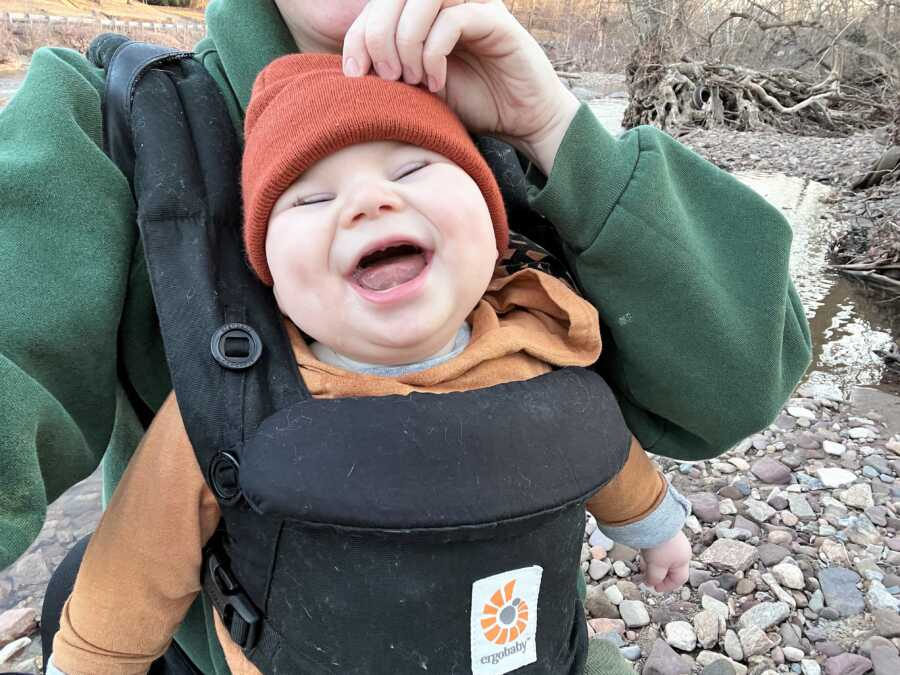
Genetic testing returned an answer. Ben has a TUBA1A mutation, one of only two hundred documented cases. He also has CVI, a visual impairment. He is developmentally delayed, but far more capable than those first awful predictions suggested. He sits alone, eats solids, and lets everyone know what he wants in his own way. He lights up a room with his laugh.
He gets physical therapy, vision therapy, and feeding OT. There are medicines, appointments, and extra steps for nearly everything. But there is also play, progress, and a joy that keeps surprising them. Some days are heavy; many are bright. The future is unknown, like every child’s, just with more transparent labels and more specialists. What she knows for sure is this: every inch of him is loved. He will always need more help, and she will always give it. He is still the most beautiful thing she has ever seen.
